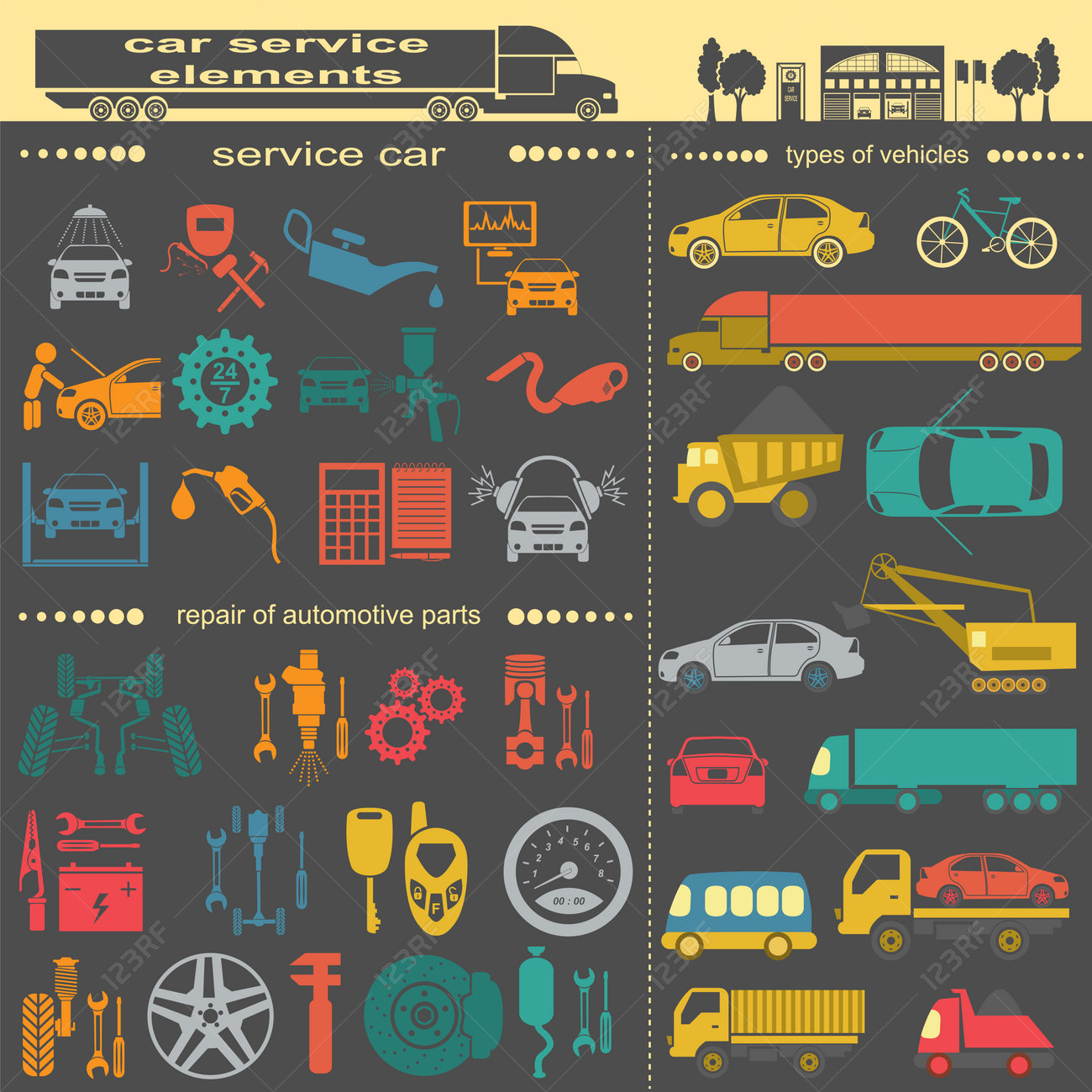Evaluating Your Vehicle'S Caution Indicators: What They Really Communicate
Evaluating Your Vehicle'S Caution Indicators: What They Really Communicate
Blog Article
Author-Termansen Corbett
When you lag the wheel, those radiant warning lights on your dashboard can be a little bit bewildering. Do you recognize what they're trying to tell you about your auto's health and wellness? Comprehending https://martinvmcsi.ja-blog.com/31267723/the-role-of-auto-detailing-in-enhancing-resale-value-evidence-from-research-study of these lights is important for your security and the durability of your vehicle. So, https://www.thedrive.com/news/44926/drivers-are-waiting-months-for-simple-car-repairs-due-to-parts-supply-problems following time among those lights turns up, wouldn't you intend to decode its message properly and take the essential steps to address it?
Common Caution Lighting and Interpretations
Identify typical warning lights in your automobile and comprehend their definitions to ensure safe driving.
One of the most common caution lights include the check engine light, which signals issues with the engine or discharges system. If this light comes on, it's essential to have your automobile inspected quickly.
The oil stress alerting light shows low oil stress, requiring immediate interest to avoid engine damage.
A blinking battery light may recommend a defective billing system, potentially leaving you stranded otherwise resolved.
The tire pressure monitoring system (TPMS) light alerts you to reduced tire pressure, affecting vehicle stability and gas performance. Ignoring this might lead to harmful driving conditions.
The abdominal muscle light shows a problem with the anti-lock braking system, compromising your capability to stop rapidly in emergency situations.
Finally, the coolant temperature level alerting light warns of engine getting too hot, which can result in extreme damage otherwise resolved quickly.
Recognizing these usual warning lights will certainly help you attend to issues promptly and preserve safe driving conditions.
Value of Prompt Interest
Understanding the typical warning lights in your automobile is just the primary step; the relevance of promptly addressing these cautions can't be highlighted sufficient to guarantee your security when driving.
When a warning light illuminates on your dashboard, it's your cars and truck's means of communicating a prospective issue that needs interest. Neglecting these warnings can lead to a lot more extreme problems down the road, jeopardizing your safety and possibly costing you much more out of commission.
https://brakes-plus40517.bloggerbags.com/36421287/intrigued-in-identifying-the-very-best-automobile-service-center-near-to-you-check-out-the-top-10-suggestions-that-will-certainly-direct-you-in-making-an-informed-choice to warning lights can protect against break downs and accidents. For example, a blinking check engine light can suggest a misfire that, if left ignored, might trigger damage to the catalytic converter. Addressing this quickly can save you from an expensive repair work.
Likewise, a brake system cautioning light may indicate low brake fluid or worn brake pads, critical elements for your safety when driving.
Do It Yourself Troubleshooting Tips
If you notice a caution light on your dashboard, there are a couple of do it yourself troubleshooting ideas you can attempt prior to looking for professional help.
The primary step is to consult your car's handbook to recognize what the certain warning light shows. Sometimes the issue can be as simple as a loosened gas cap setting off the check engine light. Tightening up the gas cap might resolve the trouble.
One more typical issue is a low battery, which can cause various advising lights. Checking the battery links for deterioration and guaranteeing they're protected may repair the problem.
If a caution light persists, you can attempt resetting it by separating the vehicle's battery for a couple of minutes and after that reconnecting it. Furthermore, examining your lorry's liquid degrees, such as oil, coolant, and brake fluid, can help troubleshoot alerting lights associated with these systems.
Final thought
Finally, recognizing your automobile's caution lights is important for maintaining your lorry running smoothly and safely. By immediately addressing these notifies and recognizing what they imply, you can avoid expensive fixings and possible break downs.
Bear in mind to consult your automobile's handbook for particular details on each advising light and take action accordingly to make sure a hassle-free driving experience.
Keep informed, stay secure on the road!
